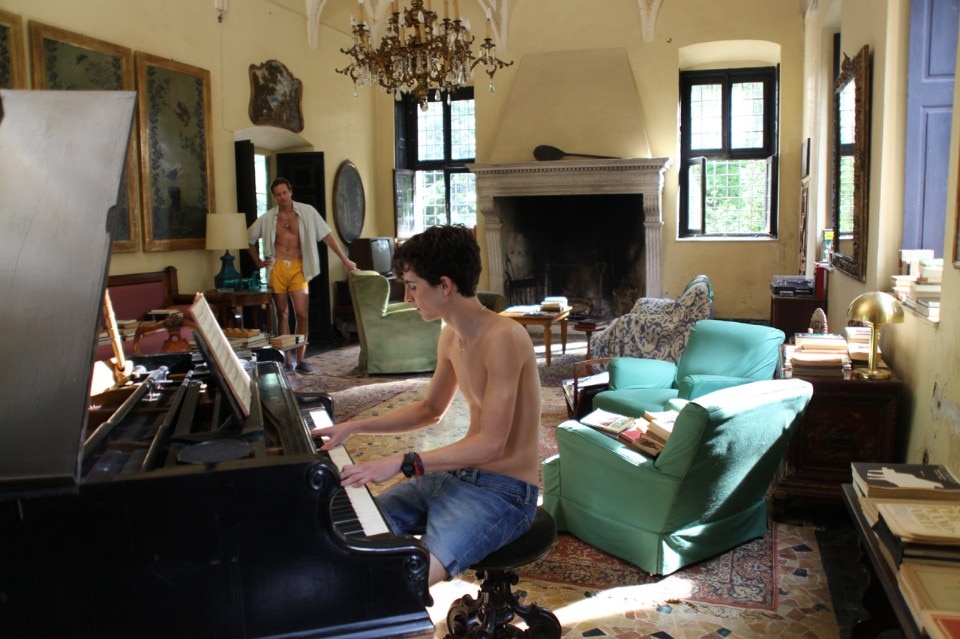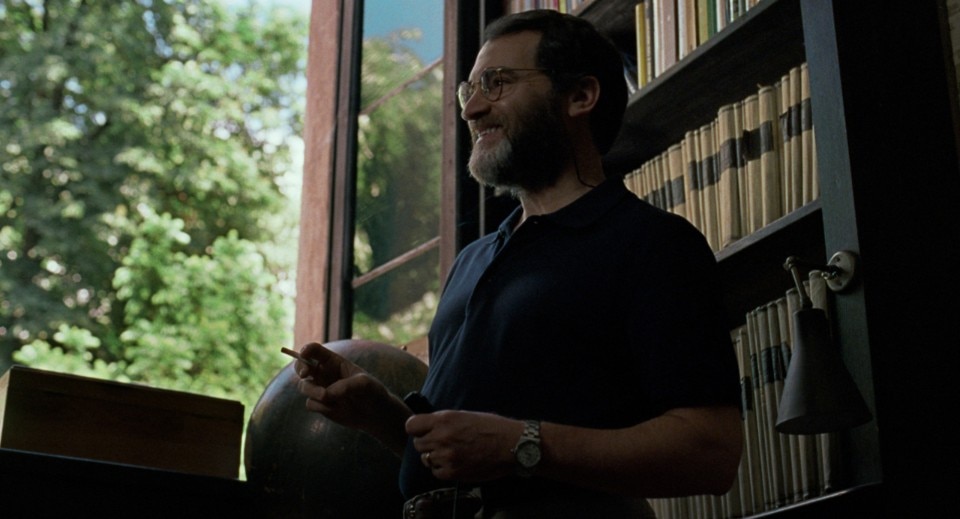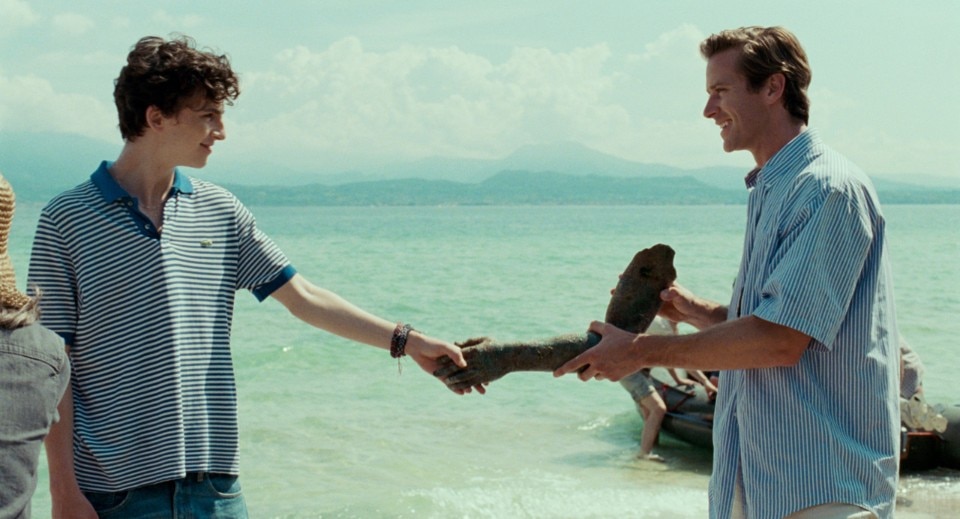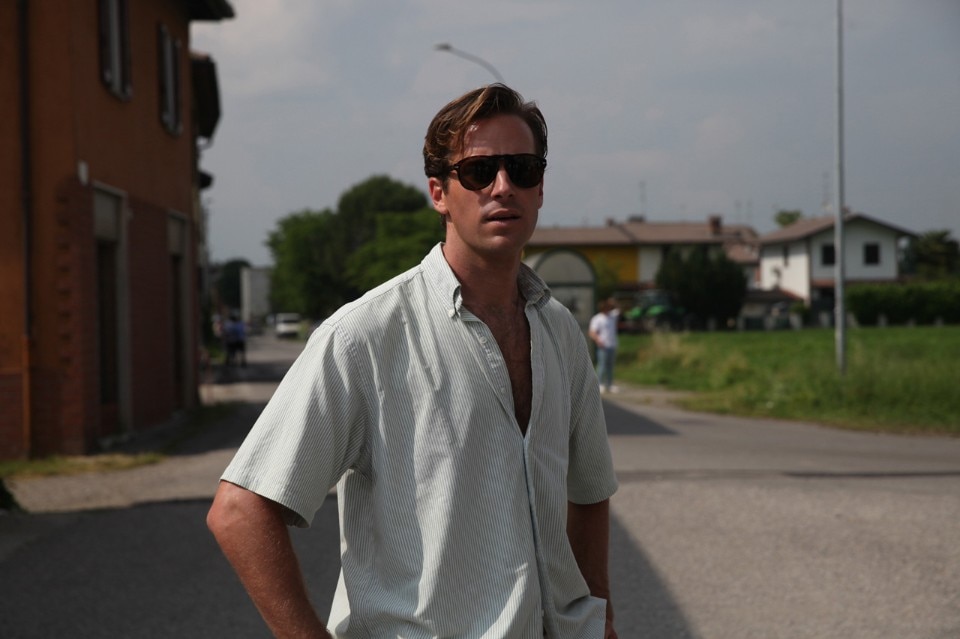Call me by your name, the latest work by Luca Guadagnino, is one of the films of the year. Warmly received at its world première at the Sundance Film Festival, and praised unanimously by critics, its was, for some time, a front-runner for the upcoming Oscars. Now, the inertia of the awards season seems to be focusing on other films, which differ solely for their closeness to cultural trending themes and it is probable that – if the film wins an Oscar – it will be for a secondary category. However, I hope to be proven wrong, because Call me by your name is a true miracle, a film which speaks of a state of grace, and which is filmed in a state of grace, a timeless work which will remain a classic long after the topicality of other films has faded.
Although it is possible to identify the precise location, in the countryside outside the city of Crema, where the director lives, it is significant that the film opens with the generic “somewhere in Northern Italy”, and that the place is never identified, if not through exclusion and proximity (mention is made of nearby towns, such as Crema, and their distance). The sleepy sunny Po town is more like an archetype, an Eden, a town in a sweet, idyllic Italy of bars, squares, monuments to war victims, dance halls, villas and medieval castles. Similarly, the period, the summer of 1983, meticulously reconstructed through rucksacks, t-shirts, Sony Walkmans and radio and TV excerpts, fades into the summer of a lifetime, in which the characters are continuously looking at their watches and asking what day it is, because the Cartesian coordinates have lost all consistency and sense.
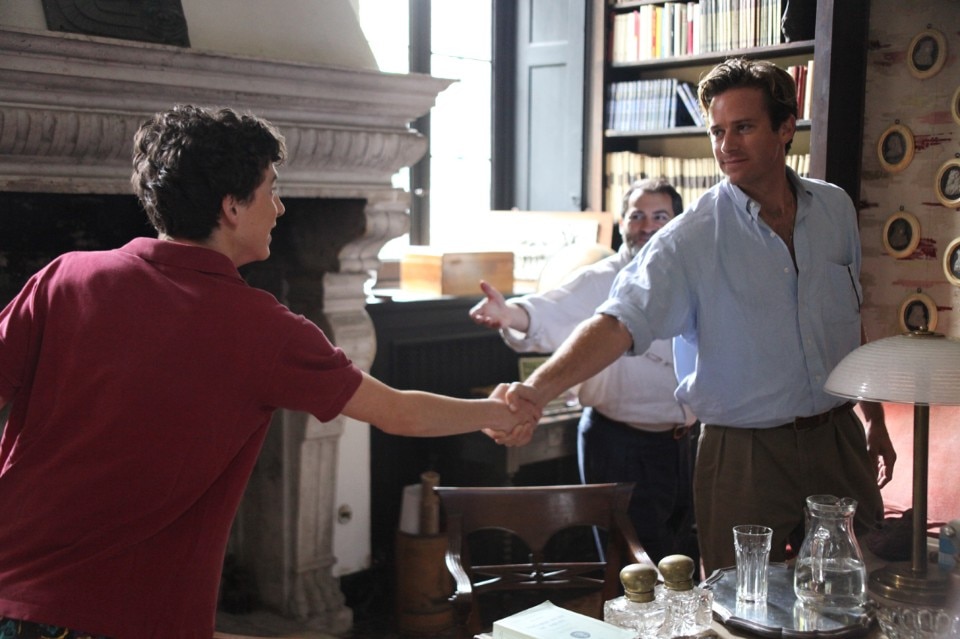
The lead characters are Oliver (Armie Hammer), an American doctoral student sent for a study holiday (which is more holiday than study) in the Italian villa belonging to his archaeology professor Elio (Timothée Chalamet), the professor’s seventeen-year-old son, and the erotic and loving passion which blossoms between the two. Call me by your name is a film about desire, and its miracle lies in the way in which it manages to inflect fluidity, the main quality of desire, into every environment. Elio reads an extract of Heraclitus on the river’s flow as a symbol of that which continuously changes in order to remain the same and, in a less refined manner, the period sketch with Beppe Grillo presents the same consideration. During the summer, Elio and Oliver alternate heterosexual flings with profound homosexual love, but the fluidity concerns not only their sexual orientation as, in the dialogue which lends the story its title, the two decide to exchange names, unifying and even confusing their individual identities.
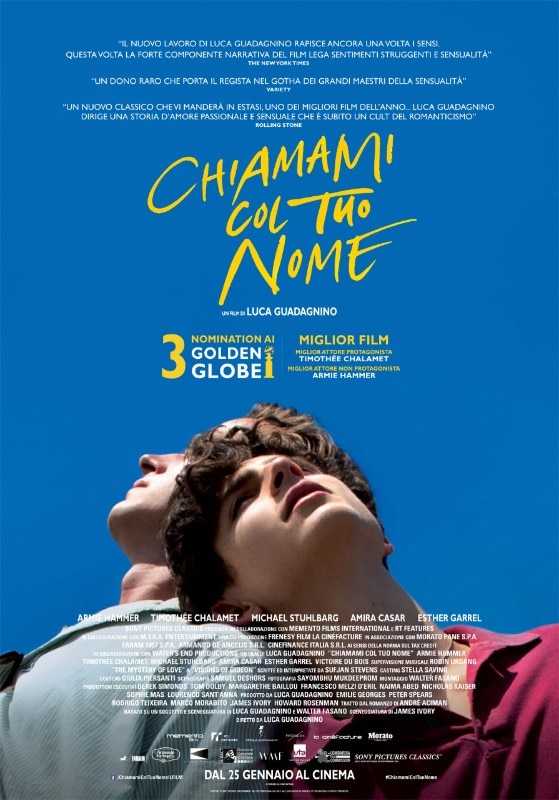
The problem-free microcosm formed by the rich, liberal and cosmopolitan family, its guests and the farmers still untouched by neo-proletarization, is a Babel of social classes and languages: English, French, Italian, German and dialect alternate seamlessly. Space never seems to be an issue. The characters act as if moved by momentary impulses, they leap onto a bike or into a car and its seems as if they arrive from A to B in an instant, as though magically transported among the infinite possibilities of adolescence.
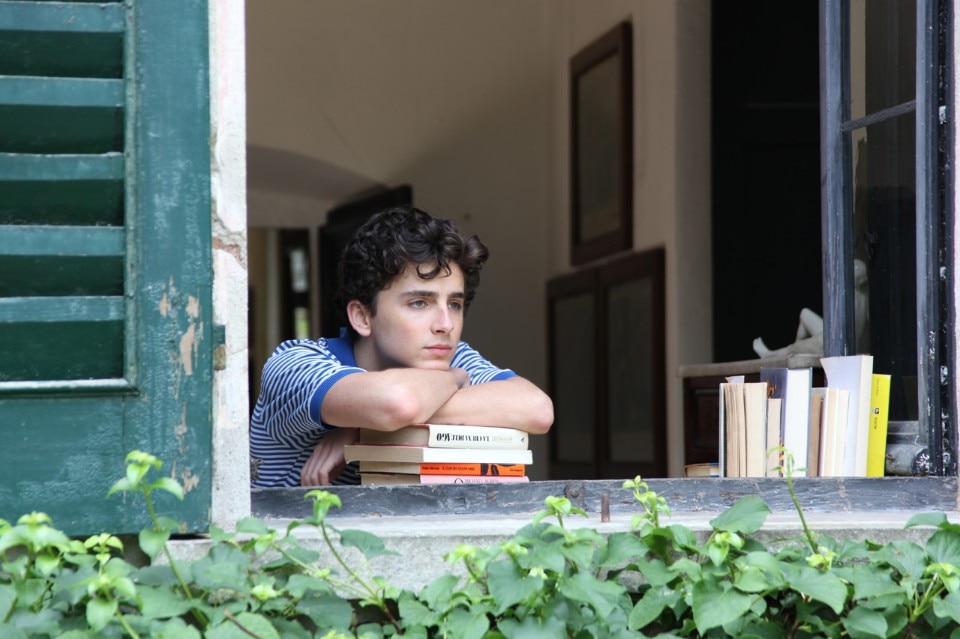
The starting point is the Perlman home, Villa Albergoni, about which much has been written. The director knows the property very well. He considered buying it, but then decided instead to film there. Together with the designer Violante Visconti di Modrone, he furnished the partially-empty rooms with paintings, maps, globes and antique books, turning it into a place of “historical rather than economic wealth” which is “alive, loved”, seemingly laden with knowledge and eclecticism, evocative of the Renaissance. Although it is a 17th-century master’s country home, the layout of the rooms, almost an open space, long before the term existed, provides a perfectly objective correlation to the concept of fluidity, permeability and freedom that the film expresses. There are no doors, or rather, any that are present are practically always open, as are the windows, providing relief from the summer heat and creating a continuum with the park, right out of the photographic sets by Luigi Ghirri. Meals are taken in the garden under the fruit trees, and the characters enter and leave the villa indiscriminately through either the kitchen or main entrance. Hierarchy, separation and boundaries are abolished. The interiors are as psychogeographical as the external space of the Oltrepò with its wells, farmhouses and lanes dividing the fields. Elio’s bedroom is linked, via the bathroom, with that of Oliver, and looks out over a huge century-old tree: Space is given to natural impulses, carnal erotism, communication and separation.
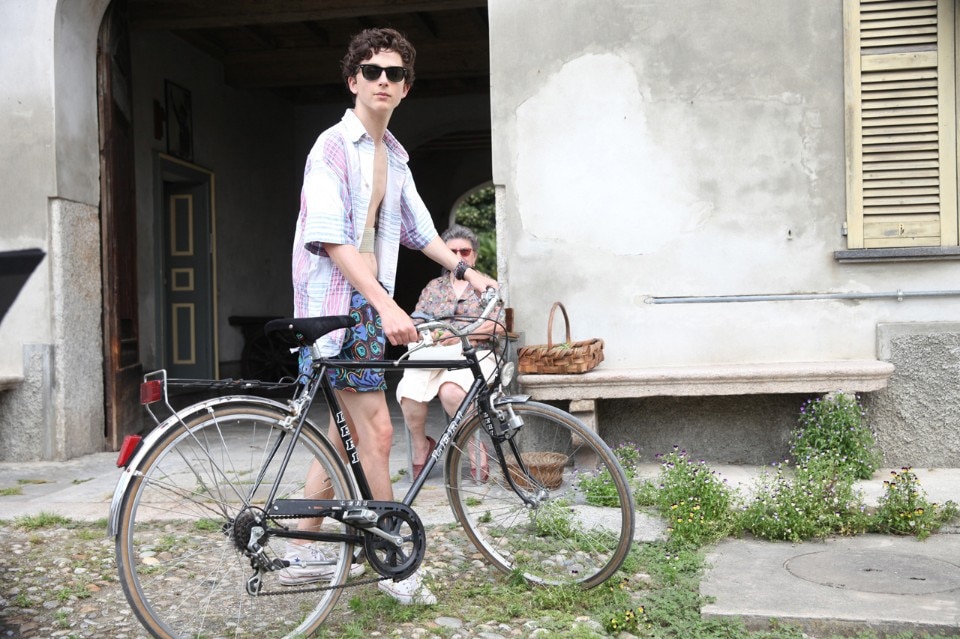
Call me by your name is about the summer of 17-year-olds, an age in which – as Rimbaud taught us – one cannot be serious, but one can live with more intensity that an entire existence can, at times, allow us, as the father (Michael Stuhlbarg) says in the deservingly highly-celebrated final monologue. Luca Guadagnino has successfully and miraculously transformed a specific summer of 1983 in a little Italian village into a universal image of how (and where) life should be, in his utopian version.
- Film title:
- Call my by your name
- Directed by:
- Luca Guadagnino
- Country:
- Italy, France, Brazil, USA
- Year:
- 2017
- Production:
- Frenesy Film, La Cinéfacture, RT Features, Water's End Productions
- Cinematography:
- Sayombhu Mukdeeprom
- Scenography:
- Samuel Deshors
- Costumes:
- Giulia Piersanti
- Based on:
- Call Me by Your Name by André Aciman
- Screenplay:
- James Ivory
- Music :
- Sufjan Stevens


